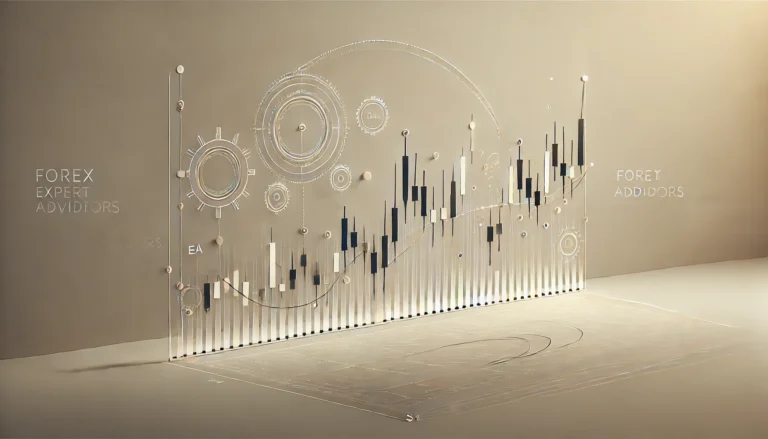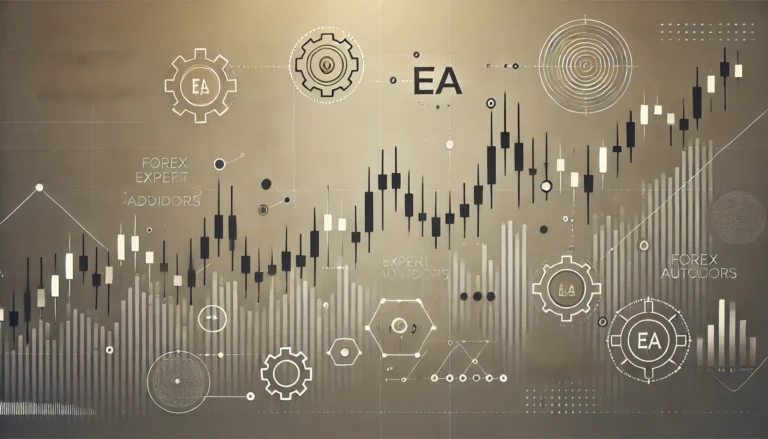The world of trading and investing often revolves around patterns and signals that help investors make informed decisions. Two of the most talked-about signals in technical analysis are the golden cross and the death cross. While both serve as critical indicators, they point to drastically different market trends. Let’s dive into what these terms mean, their significance, and how you can use them effectively in your trading strategy.
What is a golden cross?
A golden cross is one of the most celebrated bullish signals among traders and investors. It occurs when a short-term moving average crosses above a long-term moving average. Typically, the 50-day moving average and the 200-day moving average are used for this crossover.
This movement suggests a potential shift from a bearish trend to a bullish trend. When you see a golden cross, it generally indicates that the market may be entering a long-term bull market. For traders, this is often considered a buy signal, as it hints at increasing momentum and investor confidence in the market’s upward trajectory.
Stages of a golden cross
Understanding the stages of a golden cross can enhance its utility as a predictive tool. Here are the three main phases:
- Downtrend phase: the market is in a clear downtrend with the short-term moving average below the long-term moving average.
- Crossover phase: the short-term moving average starts rising and eventually crosses above the long-term moving average.
- Uptrend phase: after the crossover, the market typically enters an uptrend, characterized by higher highs and higher lows.
Recognizing these stages can provide insight into market dynamics and help you act promptly on new opportunities.
What is a death cross?
In stark contrast to the golden cross, the death cross is regarded as a bearish signal. This happens when a short-term moving average crosses below a long-term moving average. As with the golden cross, the 50-day and 200-day moving averages are commonly used for identifying a death cross.
The appearance of a death cross usually suggests the beginning of a long-term bear market. Investors view this as a sell signal, indicating that the price momentum is turning negative and further declines could be imminent.
Stages of a death cross
Much like the golden cross, the death cross also unfolds in stages. These stages are vital for understanding and predicting market behavior:
- Uptrend phase: initially, the market is in an uptrend with the short-term moving average above the long-term moving average.
- Crossover phase: the short-term moving average begins to fall and eventually crosses below the long-term moving average.
- Downtrend phase: following the crossover, the market usually enters a downtrend, marked by lower lows and lower highs.
By identifying these phases, traders can better anticipate market shifts and adjust their strategies accordingly.
The role of moving averages
The central concept behind both the golden cross and death cross is the moving average. Moving averages smooth out price data to create a single flowing line that projects the average price over a specific period. They are crucial technical analysis indicators that help traders understand market trends.
Various types of moving averages are used, but the two most common ones are the Simple Moving Average (SMA) and the Exponential Moving Average (EMA). The SMA calculates the average by summing up prices over a set period and dividing by that number of days. On the other hand, the EMA gives more weight to recent prices, making it more responsive to new information.
| Type of Moving Average | Calculation method | Responsiveness |
|---|---|---|
| Simple Moving Average (SMA) | Sum of prices over a set period divided by the number of days | Less responsive to new information |
| Exponential Moving Average (EMA) | Gives more weight to recent prices | More responsive to new information |
Choosing the right Moving Average
Your choice between SMA and EMA depends on your trading style and objectives. If you prefer a smoother line that’s less sensitive to sudden price swings, the SMA might be the better option. However, if you want quicker reactions to price changes, the EMA could be more suitable for your needs.
It’s essential to note that while moving averages are helpful, relying solely on a single type without considering other technical analysis indicators or broader market context can be risky. Always complement these tools with additional research and analysis.
Advantages of using golden cross and death cross
The primary advantage of these signals lies in their simplicity and clarity. Both the golden cross and the death cross offer straightforward indications about market direction, making them accessible even for novice traders.
Another benefit is the historical reliability of these signals. They have often preceded significant market movements, allowing traders to position themselves advantageously. That said, like any technical analysis indicator, they are not foolproof and should be part of a broader trading strategy.
When to use these signals
Investors typically look for a golden cross during periods of uncertainty or consolidation, viewing it as a sign that the market will move upwards. Conversely, the death cross becomes particularly relevant when there’s growing concern about a potential downturn or after a prolonged rally where analysts expect a correction.
Using these signals in conjunction with other forms of analysis, like volume trends, relative strength index (RSI), or fundamental factors, can offer a more comprehensive view. This balanced approach helps mitigate risks associated with acting on these signals alone.
Limitations and risks
While the golden cross and death cross can be valuable, they come with limitations and risks. One major concern is their lagging nature; since these signals are based on historical data, they may occur too late to capitalize on initial market moves. This delay could result in missed opportunities or late entries and exits.
Another risk is the occurrence of false signals, where a golden cross or death cross appears but does not lead to a sustained trend. In such cases, relying solely on these indicators can lead to erroneous trading decisions. Combining multiple technical analysis indicators can help filter out these false alarms.
How to manage these risks
Managing risks involves supplementing these indicators with additional tools and techniques. For instance, you might combine moving average crossovers with trend lines, support and resistance levels, and trading volumes to confirm the signal’s validity.
Furthermore, using stop-loss orders and setting predefined entry and exit points can aid in minimizing potential losses. Diversifying your portfolio and avoiding excessive reliance on a single indicator or asset class are also prudent measures.
Real-world examples
Examining real-world applications of the golden cross and death cross can help illustrate their effectiveness and pitfalls. Historical data shows several instances where a golden cross has accurately predicted extended bull markets, like those seen during certain phases of past financial cycles.
Similarly, there are notable instances where death crosses flagged imminent downturns, aiding traders in exiting positions ahead of substantial declines. However, it’s equally important to highlight examples where these signals have failed to produce expected results, emphasizing the necessity of using them within a broader analytic framework.
Case study: stock market performance
Consider the stock market’s performance during major economic events, such as the 2008 financial crisis or the dot-com bubble burst. In many cases, moving average crossovers provided early warnings of impending market reversals, contributing to informed decision-making.
For instance, before the 2008 downturn, numerous stocks exhibited a death cross pattern, signaling the end of their bullish runs. Investors who paid attention to these signs managed to protect their portfolios by reducing exposure to high-risk assets.
Integrating golden cross and death cross into your strategy
To integrate these signals effectively, start by defining your investment horizon. Long-term investors might focus more on the 200-day SMA, while short-term traders might prioritize faster-moving averages like the 20-day or 50-day EMA.
Next, establish rules for confirming these signals. You could require additional confirmations through other indicators before making significant trades. This cautious approach helps reduce the chances of acting on premature or misleading signals.
Implementing a diversified strategy
Diversification is key to mitigating risks associated with relying on just one or two technical indicators. By including various asset classes, such as stocks, bonds, and commodities, along with multiple technical analysis tools, you can build a robust, well-rounded strategy.
Periodic reviews and adjustments to your strategy ensure it remains effective amid changing market conditions. Continuously educating yourself about new trends and technical methods also keeps you adaptable and well-prepared to navigate market fluctuations.
Remember, while the golden cross and death cross can provide valuable insights, they’re best used in combination with other analytical tools to form a cohesive and comprehensive trading strategy.






